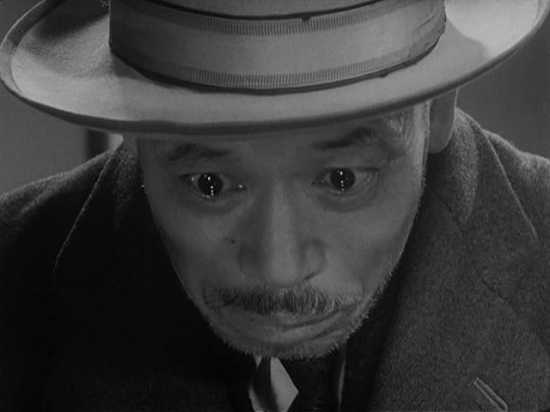Week 11, 2015
Joensuu, Finland
Title: The NeverEnding story
Director: Wolfgang Petersen
Genre: Fantasy, Adventure
Year: 1984
Country: West Germany
IMDb: 7.4/10
Thesis: The power of the imagination
Watched on 13.3.2015
The first time I saw this movie, The Never Ending Story, was probably in 1984. I remember look at the film in a movie theater in its release in México City. I recall, I just loved this film. The movie truly touched me.
The narrative of the Never Ending Story film is knitted upon two stories. One story focuses on the mythical land of Fantasia, which it is being destroyed by “the nothing”. The nothing is the consequence of people not using their fantasy any longer. Thus, the less humans use their fantasy the more Fantasia is destroyed by the nothing. Therefore Fantasia needs urgently a hero to safe this magical kingdom. The hero has to find, beyond the boundaries of Fantasia, a human child to safe Fantasia.
The second story is in our “reality”. A boy named Basting is passing through a difficult period in his life. His mother just passed away, he is being bullied by some boys, he is not doing well at school and his imagination is his only scape from his reality. However, his father aims to bring him “back” to earth and insist to Basting to stop being in a fantasy world. After a conversation with his father about paying attention to real life, he was walking to school and start to be persecuted by some bullies. Basting hides from his bullies in a book store where the clerk introduced him to an “ancient story book” entitled Never Ending Story. He actually temps Basting to read the book. Finally, Basting “borrows” the book and reads it at his school’s attic. Once he started to read the book, he is drawn into the mythical land of Fantasia in which he is part of the story, he is the only one who can safe this mythical land.
The film knits these two stories: the one that belongs to the real life of Basting and the one belonging to Fantasia. The connection of these two stories is, in the film, through the imagination of Basting.
If one looks at the film with the eyes of someone who believes that one can actually change the fate of something the story connects with the viewer in a deep level. It gives you strength to believe, because the movie stresses the inner desire that individuals have to believe.
In its time, when I saw the film on the 80s, I sense the film so vivid. As I mentioned earlier, I just love it!
Looking the same film 30 years later, my memories prevail and got reinforce. I love the narrative of the film and it is one of my favorite movies. But as an adult, one perceives life differently than 30 years back. Perhaps my connection to the film nowadays is less emotional than the first time I saw in in the 80s being now more rational (how sad!). After seen the film in 2015, I still like it and it still holds fond memories. The film moves me, but I do not know if it is for the film or for my memories connected with the film.
Imagination and the capability to believe is something so important and difficult to keep. Unquestionably, I must read the book which it is waiting for me. The reason of my less immersive experience might be in the technology.
Technologically talking, the film does not give me the impact as it did in the 80s. The technology is not impressive anymore. Well, in 30 years we had seen astonishing digital productions. What I found interesting, I am more impressed on the use of the camera and acting from some films of the 50s (as the filmed I recently from Buñel, los olvidados) than the NeverEnding Story. How much the film message relies on the technology might deserve an analysis on its own. I skim through the review of Tomas Caldwell related to the Never Ending Story and he also touches the technological aspect of the film.
Paradoxically, the reason why I came to see this movie again is because I need to gain inspiration on representations. Let me explain, we need to sketch destruction without weapons. Then I remember in this film Fantasia’s destruction was not through wars or weapons, instead it was though the “nothing”. Hence, I came to see how the narrative was expressed visually within the movie. To see through my eyes again and not only through my memories.
I have fond memories and connection to the film from the 80s, which I cannot change. I wonder if the same connection would be made now if I was looking at the movie for first time. I do not know. However, from my personal point of view The Never Ending Story is a film worth to watch, no for the “technology” (which for the 80s was very good) but to enjoy an expression of the power of the imagination within a film narrative. I beautiful story!
To finalize my post, a complete journey to the 80s with theme of the film by Limahl :
Also you can watch The NeverEnding Story film on line from ffilms.org address.
